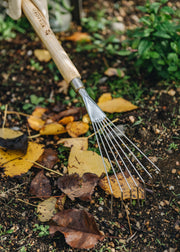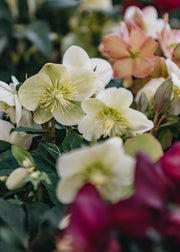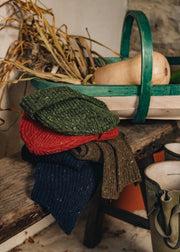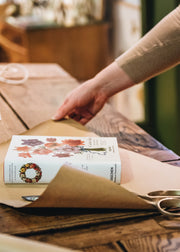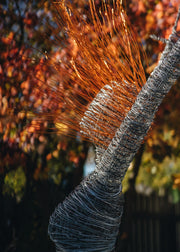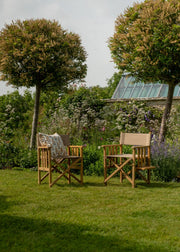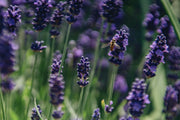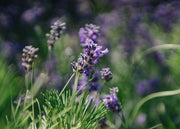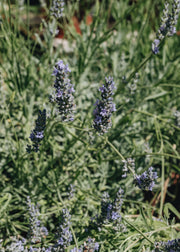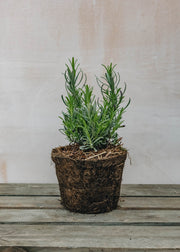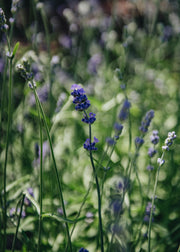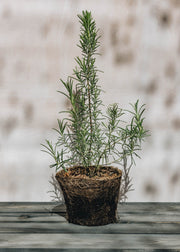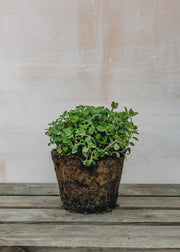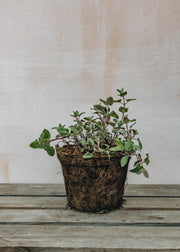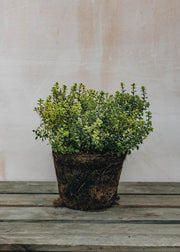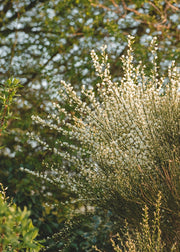How to: Plant a Scented Pathway


There is nothing quite as romantic as inviting visitors to stroll through a cloud of gentle fragrance on arrival to your home, the billowing blues and greys of a lavender edged pathway weaving a sensory reception, but how easy is this to achieve?
Lavender is often used for edging due to its aromatic foliage and the integrity of its structural form throughout the seasons. It does need good drainage and full sun, and it can become woody so needs to be carefully cut back to retain its shape. English (Lavendula angustifolia) lavender is preferable to French (Lavendula stoechas) as it has a more intense fragrance and although blooms for a shorter period, it is better at dealing with our inclement weather!
A favourite variety is the English lavender Lavandula angustifolia Hidcote, for its deep blue flower spikes in summer and its silvery grey leaves. Flowering from July to September, it forms the quintessential scented hedge, relishing in soaking up the heat reflected off the pathway.
Lavandula angustifolia Munstead is also a good choice. It’s slightly shaggier in form to Hidcote and lighter in colour but is very low maintenance, actively thriving on neglect! Both lavenders will attract bees and other pollinators to the garden.
Take care when planting that you allow room for plants to grow and for air to circulate- about 30cm (1ft) between plants should suffice. It will take approximately 2 years for a cohesive pathway to form.
Choose your lavender
Rosemary offers an alternative to lavender, boasting similar aromatic foliage and blue flowers. It also has a propensity to become woody so has the same requirements as lavender - full sun and a firm hand with the clippers. Its foliage is green, rather than the grey of lavender, and it can become much taller, although pruning will help to make the plant bushier (never prune more than a third as this will cause stress). Its scent is more resinous, lavender is sweeter. Rosmarinus Miss Jessop's is a classic rosemary to plant, ideal for plucking stems on your way to the kitchen.
Joining this blue brigade is Nepeta (catmint), which is wonderful at forming an indigo cloud of flowers and adding a less structured element to a pathway. It is not as upright as lavender or rosemary- much looser and more sprawling. Foliage is soft and aromatic, and blue flowers are held throughout summer, attracting bees and butterflies. It is less temperamental than lavender, but it will die back over the winter. Nepeta Cat’s Pajamas is a fantastic dwarf variety that flowers from the base to the tip of the stem, but for the full blousy effect, Nepeta faassenii Purrsian Blue is a great example, with incredible depth of colour.

Nepeta bordering a pathway
If your path consists of stone pavers it may be worth considering planting herbs that can be crushed under foot or used to fill gaps. His Majesty King Charles III famously planted a thyme walk at his Highgrove home, renowned for the number of varieties of thyme used, interspersed with golden marjoram. Several varieties of Creeping Thyme can be incorporated into any pathway scheme, to merge and form an aromatic carpet that can endure being trodden on. Thyme likes full sun, a dry neck and damp feet!
For areas with less foot traffic, sage, scented viola, chamomile and santolina would all add their own little bit of fragrant magic. Positioned deeper in the bed but no less fragrant, daphne, rose, lily of the valley, viburnum and sarcococca all add their own charm to the wonderful, olfactory welcome.


